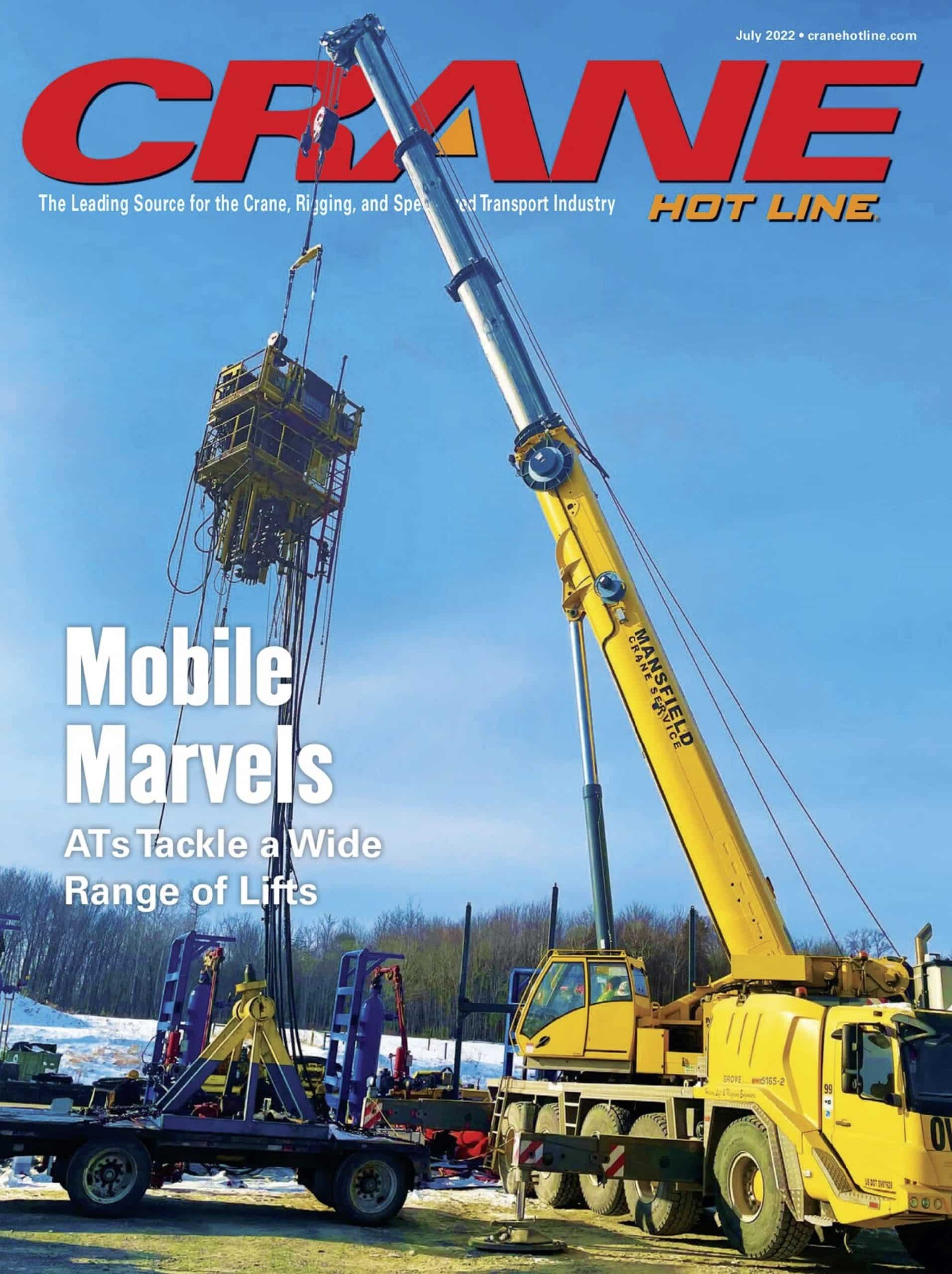It’s an amazing site: a large crane lifting several tons of concrete slabs almost 200 feet in the air. How in the world aren’t there more accidents?
At NessCampbell, we use several types of cranes throughout the Pacific Northwest. We encounter many kinds of terrains and conditions that we must take into account before starting any job. With such large machinery and heavy loads, it’s important that all safety precautions are met.
That includes, of course, making sure the crane doesn’t fall over! Many factors are taken into account to make sure the crane does what it’s supposed to do, including:
- Counterweight
- Foundation
- Outrigging
Counterweights
As their name might indicate, these are weights that counteract the weight of the load being lifted. Usually located near the crane’s cab, the amount of counterweight helps determine the amount of weight the crane can lift.
Foundation
Like any solid structure, a solid foundation is needed. The same is true for cranes. If the ground underneath the crane is unstable, it could create unsafe working conditions. Cranes are incredibly heavy, so inspection of the area beforehand is a necessity.
Outrigging
Crane operators aren’t always going to be working under ideal circumstances. The rocky, hilly, or sloped ground can wreak havoc on a crane, so rough terrain cranes are brought in. These cranes employ outrigging to help stabilize the machine. Arms extend from the base of the crane and use hydraulic lifts to give the crane a level work area.
Other Considerations
In addition to the machinery itself, a lot of planning and research takes place. Every job site is inspected beforehand to get a better understanding of what crane operators are dealing with. Crane type, prep work, and lifting plan are all determined after that initial survey of the area.
Software technology also provides one more layer of safety. The cab is outfitted with a screen that can give the operator all the information they need to perform their duties safely. This data could include load charts for the crane, weight on the hook, and even wind speeds or ground pressure.
Trained Operators
The most important aspect of the job is the crew itself. Nothing else matters if they aren’t well-trained, experienced, and able to understand all of the data presented to them. Everyone is important, from the initial inspection team to the rigging team, to the operator.
With everyone acting together, armed with the same information, any crane work should work smoothly. The Safety Department at NessCampbell features safety professionals based around the region as well as a Corporate Safety Director. Often found in the field, they take a very hands-on approach to safety at every job site. Our operators are experienced, use the most advanced technology, and are dedicated to learning updated industry safety protocols.
As you can see, a lot goes into making sure there are no problems when cranes are in operation, even when extended to capacity. So, the next time you look up at a big crane lifting heavy weight, you’ll know everything that went into making it a safe.
Especially if it’s a NessCampbell crane. For more information about our safety practices, or to talk about our services, contact us today.






